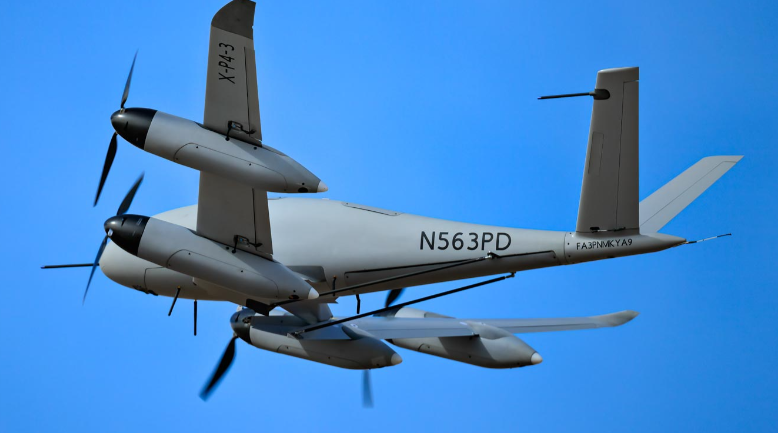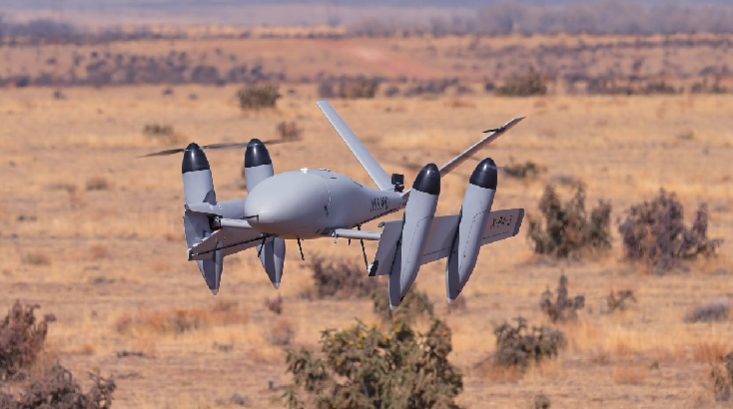The U.S. Navy successfully completed its electric drone transformer's sea trial. This test is critical if the UAV's developer wants its technology to be included in the arsenal of the maritime service branch.

The drone that the U.S. Navy successfully tested is the Transwing (X-P4), which is the latest prototype of the PteroDynamics; an American drone developer located in Colorado.
PteroDynamics introduced its Transwing X-P4 during the first week of November. Now, the U.S. Navy was able to see its capabilities.
US Navy Completes Electric Drone Transformer's Trial
According to Interesting Engineering's latest report, the sea trial of the Transwing X-P4 was attended by Vice Chief of Naval Operations Admiral Lisa Franchetti.
Aside from her, representatives from the U.S. Navy, the Royal Australian Navy, the Royal Netherlands Navy, the Swedish Navy, and the Royal Navy were also present.
During the demonstration, PteroDynamics showed that its all-electric drone transformer is capable of flying autonomously and conducting recovery flights.
"Flight testing on board the USNS Burlington gave us a unique and valuable opportunity to collect performance data on the Transwing system in an operational environment," said PteroDynamics Vice President of Engineering Tim Whitehand.
"The information gathered during the event will accelerate development and seed further innovation," he added.
Read Also : US Official Claims Iran-Backed Houthi Rebels Responsible for Shooting of Reaper Drone Near Yemen
How Transwing Works

Via its official website, PteroDynamics explained how its Transwing drone works. Since it is a transformer UAV, this means that it can straighten and retract its wings during flight operations.
Here are the benefits offered by Transwing's three transformations:
Wings Extended
- Exceptional fixed-wing capabilities (speed, range, and endurance)
- Low-drag, traditional airplane configuration
- Unused propellers can be feathered and folded
- Common propulsion system for all modes of flight
Transition
- Smooth and flat trajectory
- Dynamic energy management
- Controllable through all flight phases of transition, enabling climbing, descending, and turning transitions
Wings Retracted
- Small footprint for VTOL
- Stored fully assembled
- No launch/recovery equipment
- Integrated landing gear
- Autonomous launch/recovery
- Excellent gust tolerance
- High thrust/weight ratio
Larger Transwing Drones To Arrive
PteroDynamics said that since the sea trial for its Transwing X-P4 was a success, they are now considering developing larger models of the advanced drone.
The UAV manufacturer already has some idea on how it will design the upcoming X-P5, which will have a wingspan of 22 feet (this is much wider than the X-P4's wingspan of 13 feet).
The new Transwing X-P5 is also expected to be capable of carrying up to 23 kg of payload, thanks to its hybrid power system. If you want to learn more about the new X-P5 version, you can click here.








